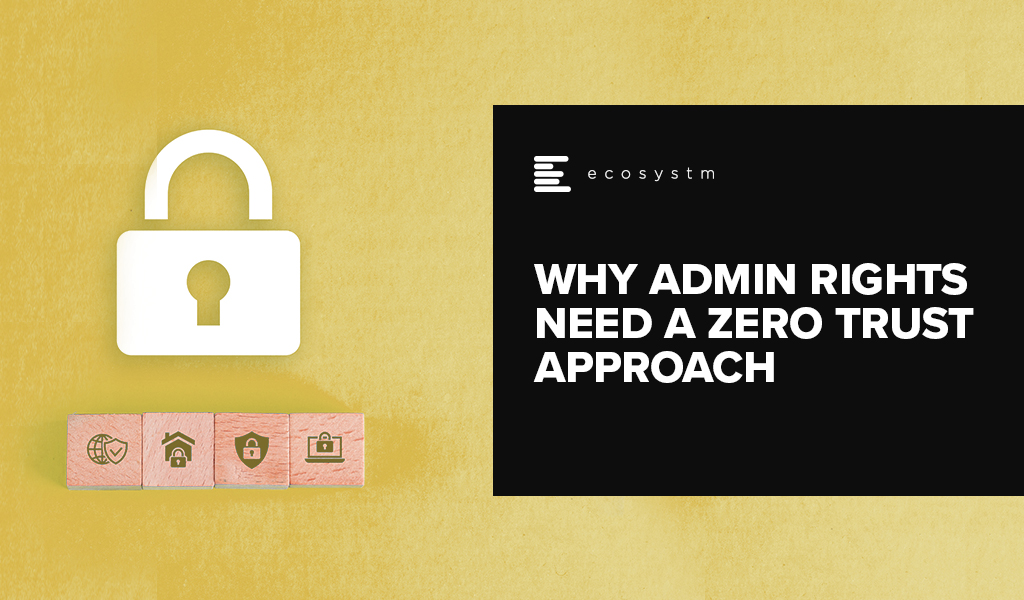
Data is the foundation of the digital economy. Most organisations now recognise the importance of data and the need to have dedicated data steward. Capital One was the first business organisation to have a Chief Data Officer (CDO) with the appointment of Cathryne Clay Doss to the position in 2002. In 2012, just 12% of Fortune 1000 companies had a CDO. By 2018, 67.9% of surveyed firms reported having one[1].
Many governments have caught on to this trend. For example, New Zealand has a Chief Data Steward, who is also the Chief Executive of Stats NZ. Last year the US Government enacted legislation: Foundations for Evidence-Based Policymaking Act of 2018[2], which also included the Open, Public, Electronic and Necessary (OPEN) Government Data Act. The OPEN Act stipulates the designation of a non-political appointee as the CDO for each government agency. Similarly, the European General Data Protection Regulation (GDPR) requires the appointment of a Data Protection Officer to oversee GDPR compliance[3].
Chief Data Officers (CDOs) are responsible for an organisation’s enterprise-wide data strategy, governance, policy development and exploitation of information. The CDO’s role combines accountability and responsibility for information protection and privacy, information governance, data quality, and data life cycle management, along with the exploitation of data assets to create business value.
The exploitation of data takes place through a variety of systems and services, including Business Intelligence, Data Mining, Advanced Data Analytics, Machine Learning, and Artificial Intelligence(AI). In recognition of this aspect of their work many CDOs have the title of Chief Data and Analytics Officer e.g. Walmart, JP Morgan Chase, and Cigna.
Positioning within the organisation
The primary job of the Chief Data Officer is to use data in the service of insights for making better decisions. Appointing a CDO and setting up a dedicated data unit is, therefore not enough. What is important is to integrate the CDO function within the decision-making structures of government, build data capabilities throughout the public sector, and put in place a data-driven culture across the government. Without these elements, the office of the CDO can end up as one more siloed addition to an already burgeoning bureaucracy, with disappointing results.
Solving important problems
Ideally, the appointment of a CDO should go hand in hand with the identification of key outcomes and challenges that are important for the government. It is useful to develop and deploy data capabilities by solving concrete problems. A corollary of this approach is that the CDO should ideally be a domain expert rather than an IT professional.
It is not enough to identify just any set of outcomes and challenges to focus the energies of the CDO and the data team. The problems to be solved should be valuable in themselves and should contribute to an overall sense of purpose. A challenge worth addressing, for example, is the issue of dealing with the impending hardships and disruptions to the lives of workers on account of Automation and AI. Workers will be required to make difficult transitions from jobs becoming redundant to newer opportunities that rapidly changing technologies and business models bring in their wake. Data analytics and AI could provide insights to help workforce transitions in response to these shifts in labour markets. For example, the US government’s AI initiative also requires government agencies to help US workers to adjust to changes in the job market occasioned by automation and AI.
Utilising data combined with analytics can also contribute to policy formulation, design, implementation and monitoring. The Australian government worked with LinkedIn to identify trends and increasing demand for ICT and non-ICT workers with balanced soft skills by analysing data from LinkedIn’s Economic Graph. These insights will help policymakers to create programs to ensure that the Australian workers are equipped with the necessary skills in order to drive economic growth. Data can be effectively leveraged to better understand and forecast on specific policy issues need to be addressed.
Another illustrative area might be to provide easier access to data. Making inventories of data assets in both the public and private sector, promoting open data, facilitating data markets, preparing data maps and putting in place Data 114 services offering assistance for accessing data, might all be initiatives worth considering.
Agile squads
Next, the CDO’s team needs to be integrated and embedded within departmental teams who have the domain expertise and insights into existing processes of service delivery. When the Dutch Financial services firm ING Bank began its restructuring, it organised its 3,500 employees into autonomous multidisciplinary agile squads. The teams were empowered to define goals and make decisions with speed and flexibility. A similar approach would be worth considering for government. Pursuing a hybrid model of domain specialists and data experts working together as part of agile teams and focusing on clearly defined problems is likely to yield positive results.
Data literacy
For a data culture to take root in government, it is essential to impart data literacy to employees across the board. Airbnb established a Data University to empower every employee to make data-informed decisions. Unless employees are data literate, it is not easy for the data science team to communicate and work with them. Governments need to train their employees in basic data literacy, much along the lines of the Government of Singapore, which has partnered with Tableau to train 1500 public officials to understand and use data.
Instituting a data culture
Training the top government decision-makers, including ministers and senior civil servants about data, is arguably even more critical than training other employees. Unless senior decision-makers regularly use data in making routine and policy decisions, it will be difficult if not impossible, to foster a culture of data.
Similarly, the role of data interlocutors is vital in bridging the worlds of data science and the sector-specific world of government agencies, ministries, and departments. Often the best interlocutors are not data scientists themselves, but sector professionals who develop a good understanding of data. These individuals are perhaps the most valuable assets in developing and fostering a culture of data.
It is also essential to democratise data access across the organisational structures of government. If access to data becomes easier, it is more likely that enterprising staff will put it to new and innovative uses.
Change management
Change management is one of the most critical factors for a successful roll-out of the CDO position. When it comes to adopting new technologies and processes in government, resistance to change is expected. New initiatives will need to be clearly explained to senior ministers along with rank-and-file employees. In addition to training staff, a common data management strategy and government enterprise architecture would need to be established. Government enterprise architecture would include business process re-engineering along with a holistic view of business functions, common data standards, and shared ICT systems and infrastructure.
Digital transformation should be thought of as a journey, rather than a destination. While it is critical to have a masterplan to guide long term planning, the CDO system will see an uptake only after demonstrated quick wins by implementing projects which are low hanging fruits. This will demonstrate the business value and reduce the perceived risk of creating new positions and new reporting lines that come with the CDOs office.
Perils of quantification
One word of caution needs to be advised during this transition into a data-driven government. There is a real danger that any policy aspect that cannot be quantified may be undervalued and ignored. A more data-oriented public policy may be prone to short-termism, create incentives for corruption, and give rise to chasing rankings in development indices. Measuring ministerial performance based largely on statistics may wind up being at the expense of broader, more long-term and less quantifiable development objectives. For instance, in a recent report, NYPD narcotics officers admitted to framing innocent people to meet arrest quotas. The “no child left behind” policy in the US is driving teachers to fudge test scores and teach from the point of view of tests rather than focussing on fundamental concepts. Finally, there is an endless list of corporations engaging in corrupt practices to meet their quarterly targets. Indicators, statistics, and econometrics or data-driven models are approximations that allow us to grasp aspects of a complex and nuanced reality, but they should not be confused for the truth. Sound public policy analysis would need to be a marriage between quantitative and qualitative analysis.
Conclusion
For CDOs to deliver results, governments will need to think carefully about the role of data in the overall organisation of government and adopt data as a core piece of their national strategies. The mere institution of a CDO office and a data analytics team residing in an isolated silo will not be enough.
This report was co-authored by Sujin (Sue) Kim, a Manager with the National IT Industry Promotion Agency of Korea – NIPA, and Randeep Sudan, Board Advisor at Ecosystm.
[1] Forbes, Rethinking the role of Chief Data Officer
[2] Foundations for Evidence-Based Policymaking Act of 2018
[3] European General Data Protection Regulation (GDPR)






